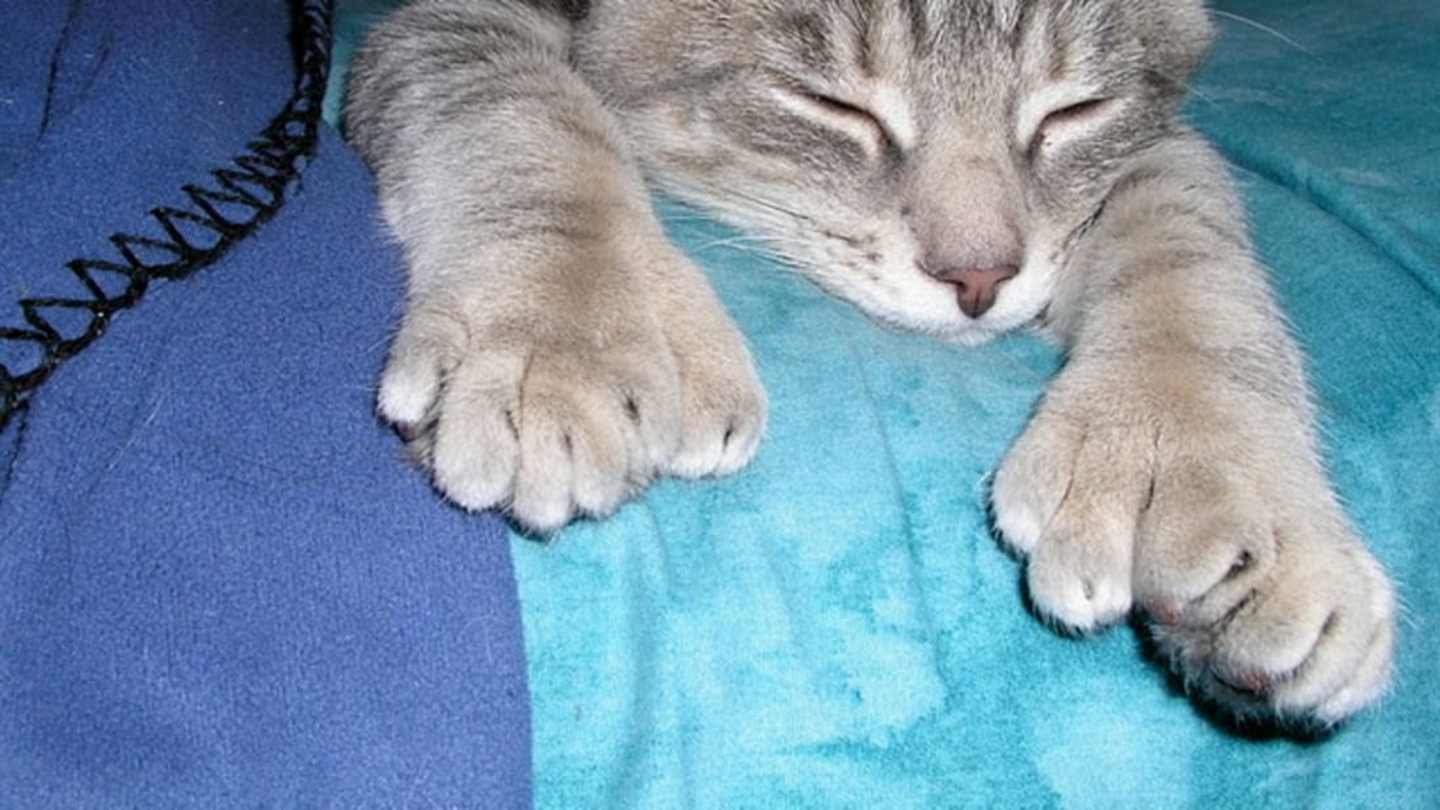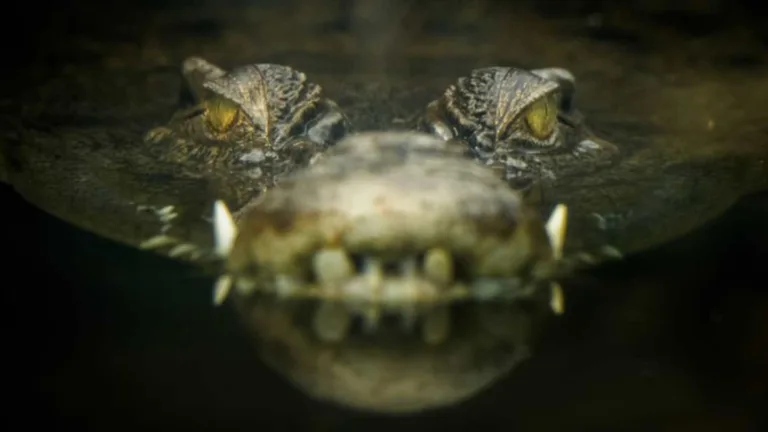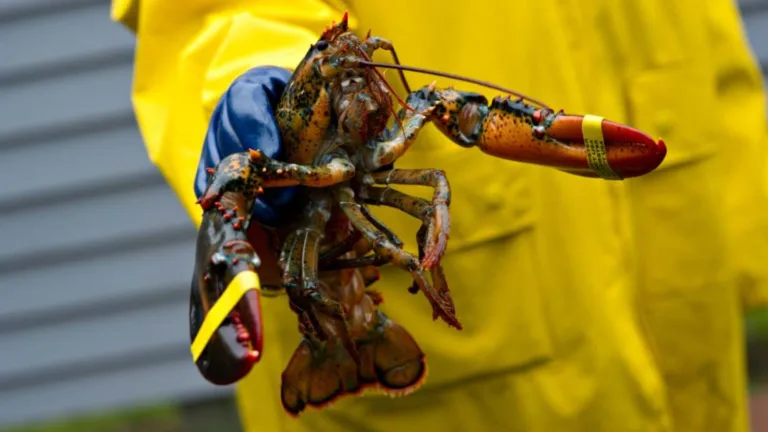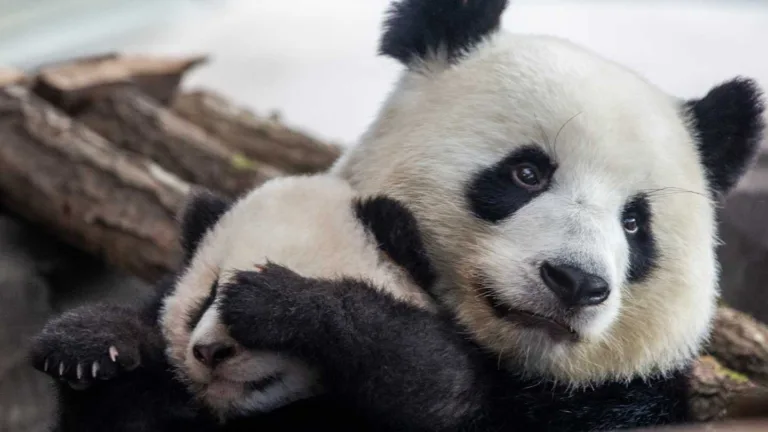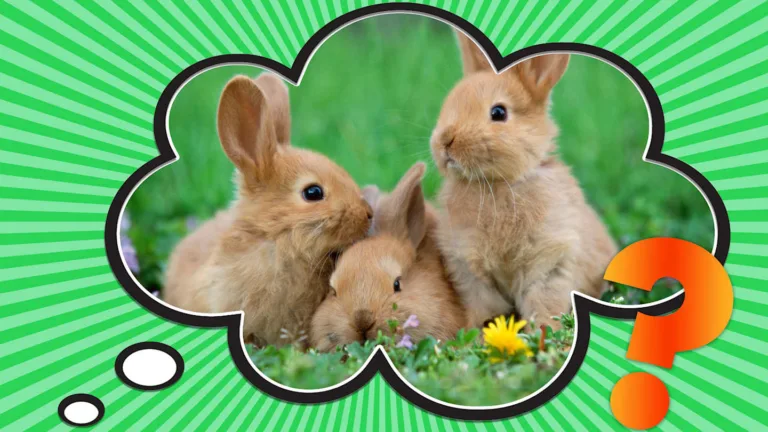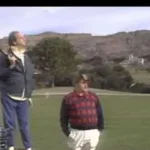Have you ever met a cat with extra toes? It might seem like something out of a fairytale, but it’s a real condition called polydactylism. Simply put, it means a cat has more than the usual number of toes—five on their front paws and four on their back paws. Imagine a feline with little mitten paws or even feet that look Like Miniature snowshoes!
Polydactyl cats are often seen as unique and charming. This genetic mutation is more common in certain parts of the world, like western England, Wales, and eastern United States and Canada. Interestingly, this could be due to their Historical Role As Ship Cats, where extra toes proved helpful for navigating rough seas and catching rodents Aboard Vessels. While usually harmless, polydactylism can sometimes be associated with Other Conditions, Such As Radial Hypoplasia, which affects the development of forelegs and might lead to additional birth defects.
But despite these potential downsides, Polydactylism is mostly considered a positive trait, adding to a cat’s allure. After all, who wouldn’t want a cat with big feet that can open doors or even help with fetching objects? Famous polydactyls like Ernest Hemingway’s Snowball and President Theodore Roosevelt’s Slippers have cemented their place in history as beloved examples of these Extraordinary Felines.
The Genetics Of Polydactylism in Cats
The extra toes in polydactyl cats come from a simple genetic mutation, passed down from parents to kittens Just Like Any Other Trait. This particular gene is dominant, meaning that even if only one parent carries the gene for Polydactylism, there’s a good chance their offspring Will Inherit It Too. It’s fascinating how this single change in DNA can result in such a noticeable difference!
Interestingly, researchers have pinpointed the specific gene responsible for polydactylism in cats. It’s called The “sonic Hedgehog” (SHH) gene, which plays a crucial role in Embryonic Development, particularly in limb formation. When this gene is mutated, it can cause extra digits to develop, leading to those adorable mitten paws or snowshoe feet.
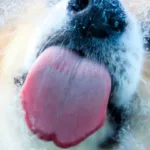 Why Do Dogs Lick Windows? Understanding the Behavior
Why Do Dogs Lick Windows? Understanding the BehaviorThink of it like adding an extra ingredient to a recipe – sometimes a small change can have a big impact on the final outcome. In this case, that “extra ingredient” is the SHH gene mutation, creating the charming and unique cat with big feet we know and love.
Prevalence and History of Polydactyl Cats
While polydactyl cats can be found all over the world, certain regions seem to have a higher concentration of these extra-Toed Felines. Western England, Wales, and eastern parts of The United States and Canada are known for their prevalence of polydactyls. This clustering isn’t just a coincidence; it suggests that historical factors might play a role in this distribution.
One theory points to the historical importance of ships cats. These brave felines helped control rodent populations on board vessels, keeping them free from pests that could damage cargo or spread disease. Cats with extra toes may have had an advantage in these roles, as their larger paws provided better grip and stability on deck, and perhaps even enhanced their hunting abilities. This maritime connection might explain why Polydactylism is more common in areas with a strong seafaring history.
Over time, these ship cats likely found their Way Ashore, breeding with local populations and spreading the polydactyl gene further afield. As we continue to learn more about the genetics and history of These Fascinating Felines, we gain a deeper appreciation for the role that both nature and human influence can play in shaping Animal Traits.
Physical Characteristics and Variations
Polydactyl cats come in a delightful variety of paw shapes and sizes, showcasing the fascinating spectrum of this Genetic Trait. Some polydactyls sport “Mitten Paws,” where extra toes appear on the Thumb Side, Resembling Tiny Mittens. This unique arrangement can sometimes even Give Them Opposable Thumbs, allowing for impressive feats like opening doors or manipulating small objects – Talk About Talented kitties!
Others have “snowshoe paws” or “Pancake Feet,” which look like miniature snowshoes or Flattened Pancakes. These variations often result in cats with noticeably larger feet compared to their non-Polydactyl Counterparts, making them resemble a Canada lynx in miniature. It’s amazing how this single gene mutation can lead to such diverse and charming physical characteristics!
No matter the paw shape, Polydactylism is generally harmless and doesn’t affect the cat’s overall health or well-being. These extra toes simply add to their unique charm and make them even more endearing to cat lovers worldwide.
Famous Polydactyl Cats
Throughout history, polydactyl cats have captured hearts and earned their place in popular culture. One famous example is Ernest Hemingway’s Snowball, a six-toed cat that became a beloved resident of the author’s Key West home. Snowball was so cherished that he inspired Hemingway to start breeding polydactyl cats, leading to a line of “Hemingway Cats” known for their extra toes and Striking Personalities.
Another celebrated polydactyl is President Calvin Coolidge’s Socks, a white cat with an impressive set of mittens. Socks became a national sensation during Coolidge’S Presidency, often appearing in photographs and newspapers alongside the president himself. These famous felines showcase how polydactylism can add to a cat’s charisma and make them truly unforgettable companions.
From literature to politics, these extraordinary cats have left their paw prints on history, reminding us that sometimes, the most unique traits are the ones that make us fall in love.
Living with a Polydactyl Companion
Life with a polydactyl cat is much like living with any other Feline Friend – filled with purrs, cuddles, and plenty of playful antics. Their extra toes don’t really change their daily routines or personality traits; they’Re Just As Loving, curious, and mischievous as their non-Polydactyl Counterparts.
Of course, those adorable extra toes might add a touch of uniqueness to playtime! They might grip toys with extra enthusiasm, or weave between your legs with surprising agility thanks to their wider stance. Some polydactyls even develop impressive climbing skills, using their multiple toes for better traction on furniture and walls.
Whether they’Re Batting Around Toys, napping in sunbeams, or demanding chin scratches, polydactyl cats bring the same joy and companionship as any other feline friend. Their extra toes simply serve as a delightful reminder that even small variations can make a big difference in the world of cats.

